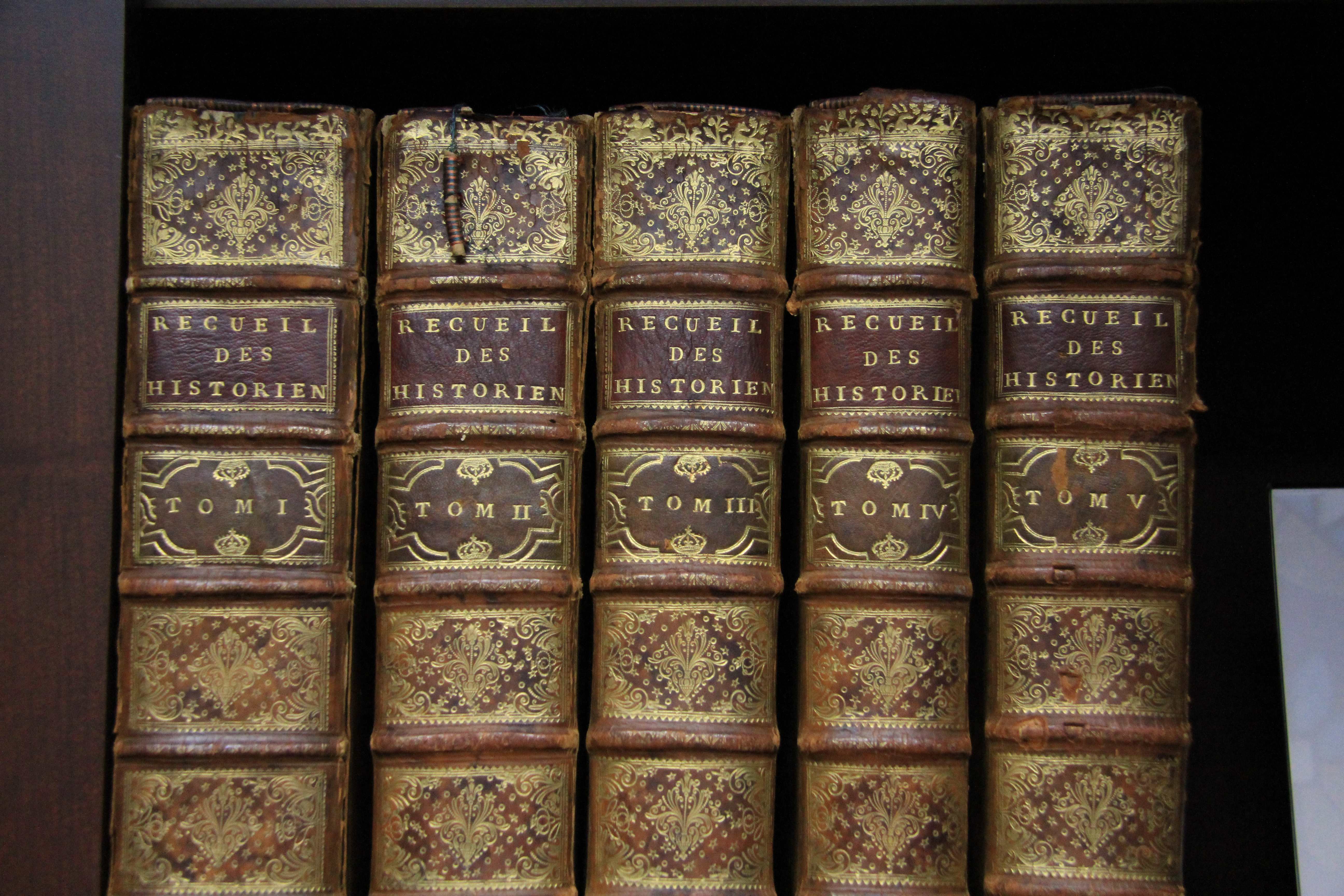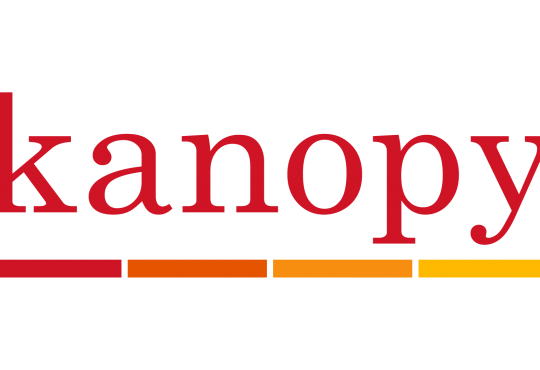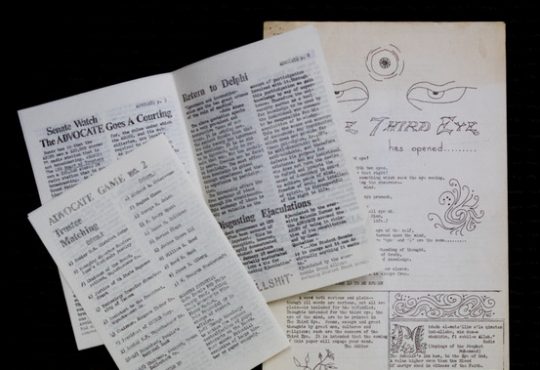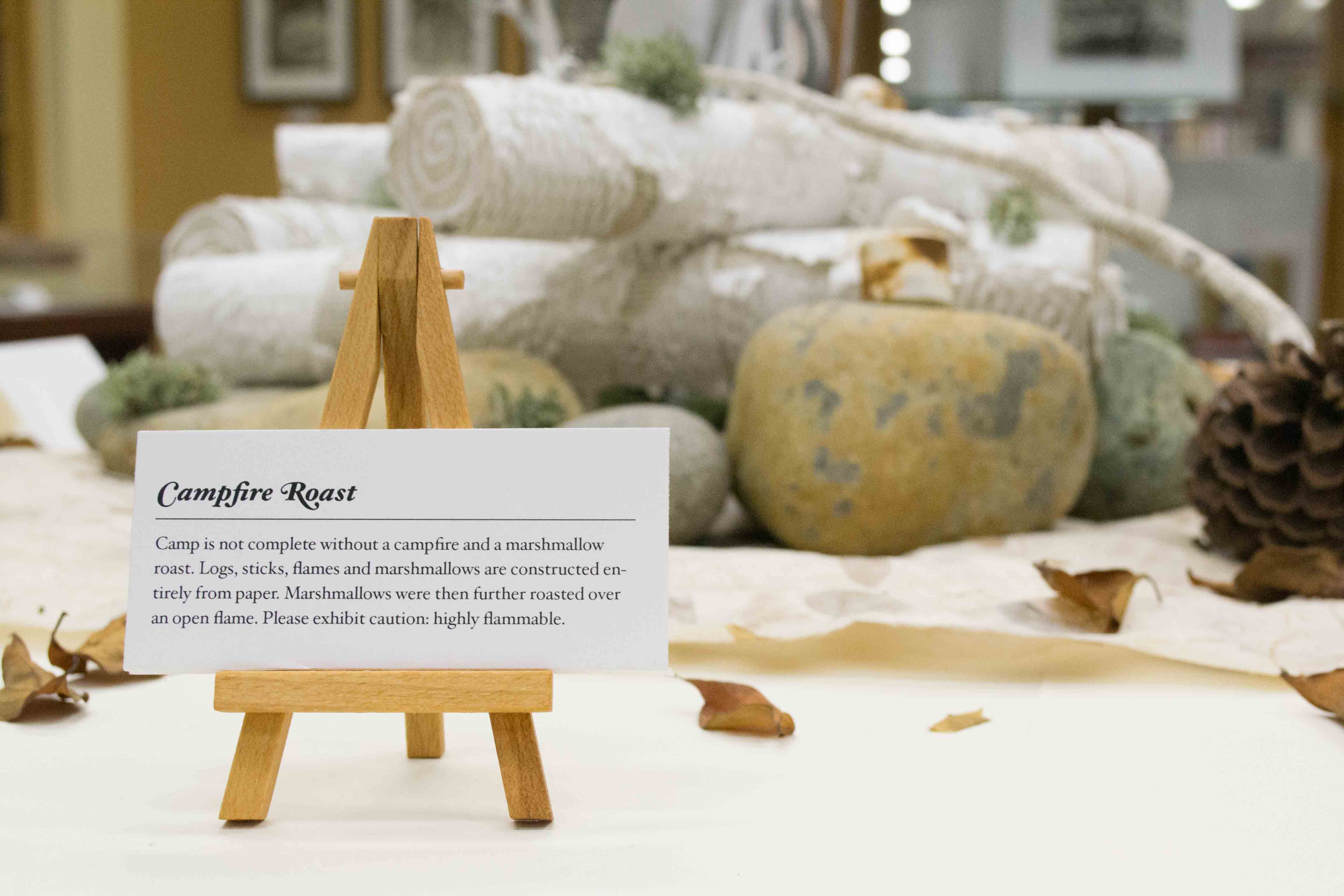
On the first and third Tuesday of every month from 4-5 p.m., the Archives and Special Collections at Collins Memorial Library holds a series of informal presentations called Behind the Archives Door.
These presentations aim to shed some light on some of the rare books in the library, unique resourses and interesting works that are part of the University of Puget Sound Collections.
Nov. 19 marked the sixth such presentation, the subject of which was an important English medieval manuscript called the Vernon Manuscript. A selection of other medieval material was brought out from Puget Sound’s archives and Special Collections for discussion after the presentation. During this discussion, Professor Denise Despres of the English Department spoke about the importance of the manuscript in her studies, as well as part of history.
Despres specifically highlighted the importance of religious manuscripts.
“The books were almost like portable altars,” Despres said. She discussed how prayer scrolls and books were used in childbirth and in everyday life. “They were used in many ways. The boundaries of what we would think as white magic and text are different. A lot of these would be in everyday books,” Despres said.
Opening the Vernon Manuscript, she pointed to one of the pages. “You can see the pages that are illustrated are very bright, but not as bright as the original,” she said.
Despres showed how the Vernon Manuscript was in fact not the original but a facsimile (a high-quality reprint of the original).
“When I was working on an Anglo-Irish manuscript in the Bodleian Library at Oxford, one thing I realized [was] that so much had been missing. Some of the gold spray had been left out of the digital. I use digital manuscripts all the time.”
Despres also spoke about her use of manuscripts in the classroom. “It’s fun to work with pictures. Students don’t understand that manuscripts still circle.”
Freshman Morgan Ford found the discussion very interesting. “I’m in a class that has a medieval text, and so it was fun to see a real medieval text,” Ford said. Ford was thrilled at a chance to get to see the manuscripts. “I know things are made of vellum. But I didn’t know we had things made out of vellum here,” she said.
As the presentation wound to a close, Archivist Katie Henningsen agreed to answer a few questions about what it was like being an archivist.
“It’s been really interesting because the originals only exist in one place in the world,” Henningsen said. “Original manuscripts have intrinsic value.”
Henningsen’s work as an archivist covers a broad area. “I oversee all the archives,” she said. “We have a little bit of everything and most of it has been hidden away, so it’s interesting to have the students work with it.” Henningsen pointed out her two favorite texts: one, an informal pamphlet from 1642 that was not supposed to last. “Its edges are ragged. Through it we can experience what they’ve experienced in that period,” Henningsen said.
The second text was a tabloid from 1873 about two brothers who thought they could scam life insurance. “It’s just fun to look back and see people followed the same gossip we do now,” Henningsen said.
Henningsen also shared some advice for students interested in pursuing work in her field. “I have two masters [degrees]: Library Science and Early Modern Medieval History. I’d encourage anyone that wants to, to pursue that line of work.”
The next presentation in the series Behind the Archives Door was on Dec. 3 from 4-5 p.m. Audience members heard Professor Gianna Carotenuto of the art history department discuss the Koran and Islamic calligraphy.




